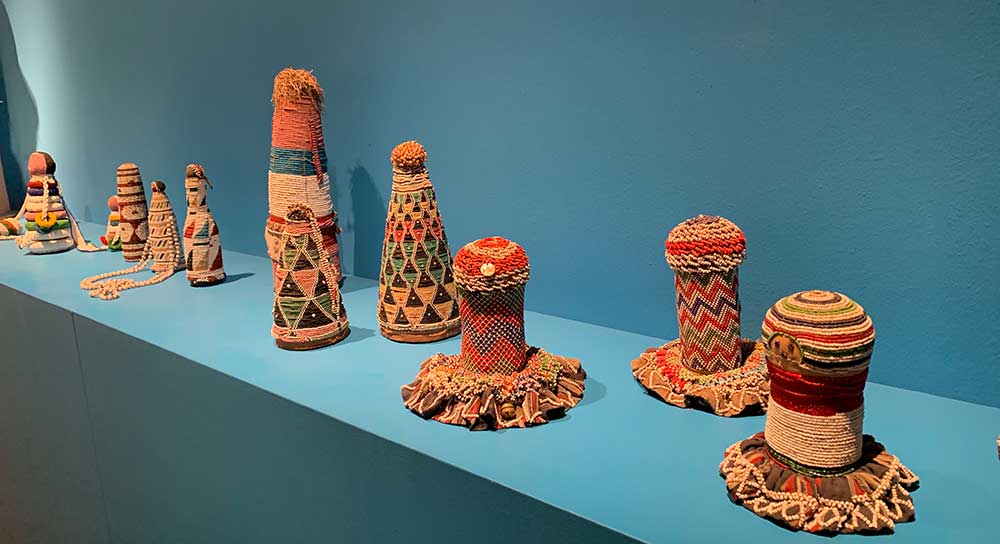
ART CONQUERS ALL, THE SHOW MUST GO ON
This is my second report from TEFAF Maastricht, the world’s foremost art fair for antiques and design. In my previous blog I mentioned a number of blockbusters, both quality- and price-wise. In this article I am concentrating on some personal […]
